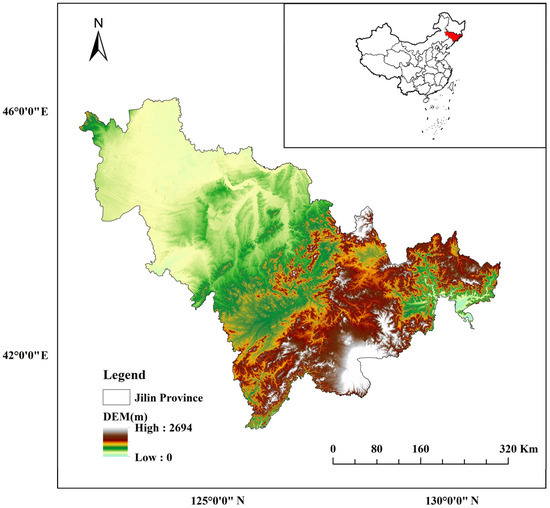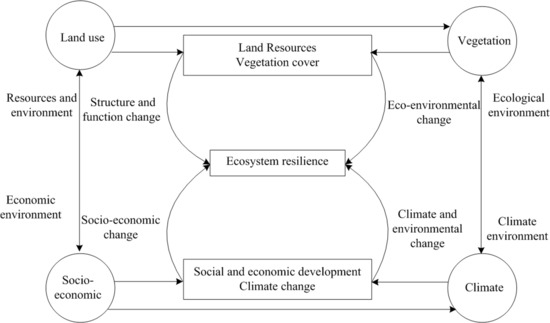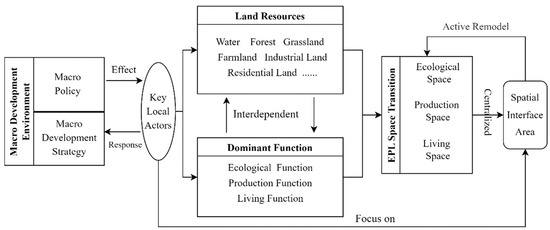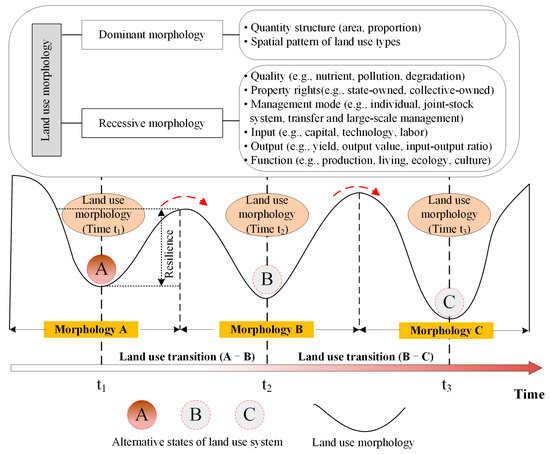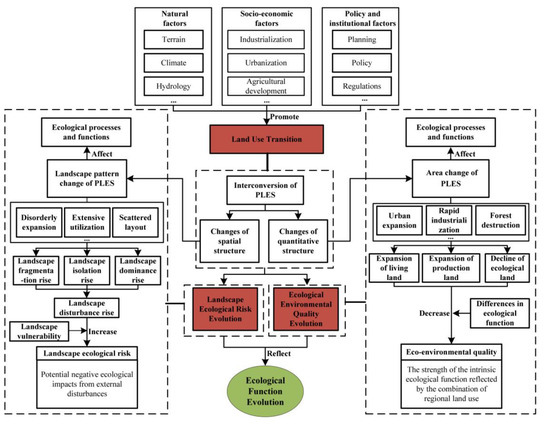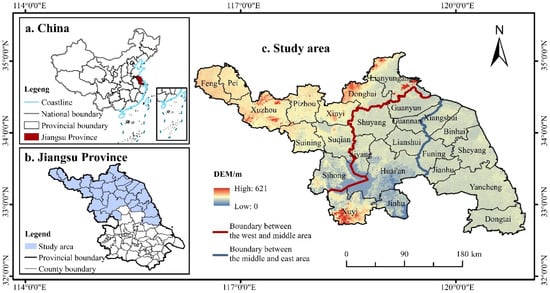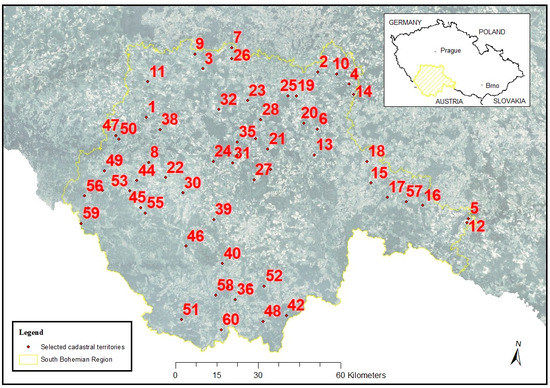Land Use Transitions and Land System Science
A topical collection in Land (ISSN 2073-445X). This collection belongs to the section "Land Socio-Economic and Political Issues".
Viewed by 12695Editor
Interests: land-use transition; land consolidation; sustainable land management; rural restructuring; urban-rural integrated development; rural geography
Special Issues, Collections and Topics in MDPI journals
Topical Collection Information
Dear Colleagues,
Land is the spatial carrier of anthropogenic activities, the most basic production factor of socioeconomic development, and the most fundamental survival resource for urban and rural residents. Land-use transitions are primary forces driving the transformation of the rural-urban territorial system and bring about direct socioeconomic as well as environmental effects on regional sustainability, resulting in farmland loss and soil degradation, affecting biodiversity and ecosystems’ ability to serve human needs, polluting the environment, influencing agricultural production and food security, and causing regional socio-economic and spatial restructuring. Land use transitions can be measured by changes in both the dominant morphology (e.g., quantity, structure, and spatial pattern) and recessive morphology (e.g., quality, property rights, management mode, fixed input, productive ability, and function) of land use. The study of land-use transitions can lead to a deeper understanding of human–land interactions and reveal major socioeconomic development issues and related environmental effects. Translating scientific findings into sustainable solutions and implementation in practice is the core objective of land system science. Land system science provides theoretical guidance for studying integrated land use transitions, which constitute a hugely significant area of land system science research. Adjusting and controlling land use transitions by linking the research of land system science with urban-rural transformation development, becomes one of the important solutions for realizing the sustainable utilization of urban-rural land resources.
As a continuation of the last Special Issue on "Land Use Transitions under Rapid Urbanization", this collection will gather excellent research work on land-use transitions and land system science, focusing on the following themes:
- Theoretical research of land use transitions and land system science;
- Measuring land use transitions;
- Impacts of land use transitions on socio-economic development;
- Eco-environmental effects of land use transitions;
- Driving mechanism of land use transitions;
- Adjusting and controlling land use transitions;
- Land-use transitions and sustainable land use solutions;
- The transition of land tenure regimes;
- Linking local land use transitions with globalization.
Prof. Dr. Hualou Long
Collection Editor
Manuscript Submission Information
Manuscripts should be submitted online at www.mdpi.com by registering and logging in to this website. Once you are registered, click here to go to the submission form. Manuscripts can be submitted until the deadline. All submissions that pass pre-check are peer-reviewed. Accepted papers will be published continuously in the journal (as soon as accepted) and will be listed together on the collection website. Research articles, review articles as well as short communications are invited. For planned papers, a title and short abstract (about 100 words) can be sent to the Editorial Office for announcement on this website.
Submitted manuscripts should not have been published previously, nor be under consideration for publication elsewhere (except conference proceedings papers). All manuscripts are thoroughly refereed through a single-blind peer-review process. A guide for authors and other relevant information for submission of manuscripts is available on the Instructions for Authors page. Land is an international peer-reviewed open access monthly journal published by MDPI.
Please visit the Instructions for Authors page before submitting a manuscript. The Article Processing Charge (APC) for publication in this open access journal is 2600 CHF (Swiss Francs). Submitted papers should be well formatted and use good English. Authors may use MDPI's English editing service prior to publication or during author revisions.
Keywords
- land use transitions
- socio-economic development
- eco-environmental effects
- driving mechanism
- land system science
- land tenure regime
- globalization
Related Special Issue
- Land Use Transitions under Rapid Urbanization in Land (27 articles)





